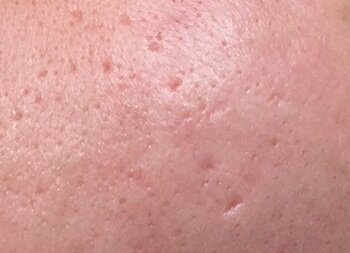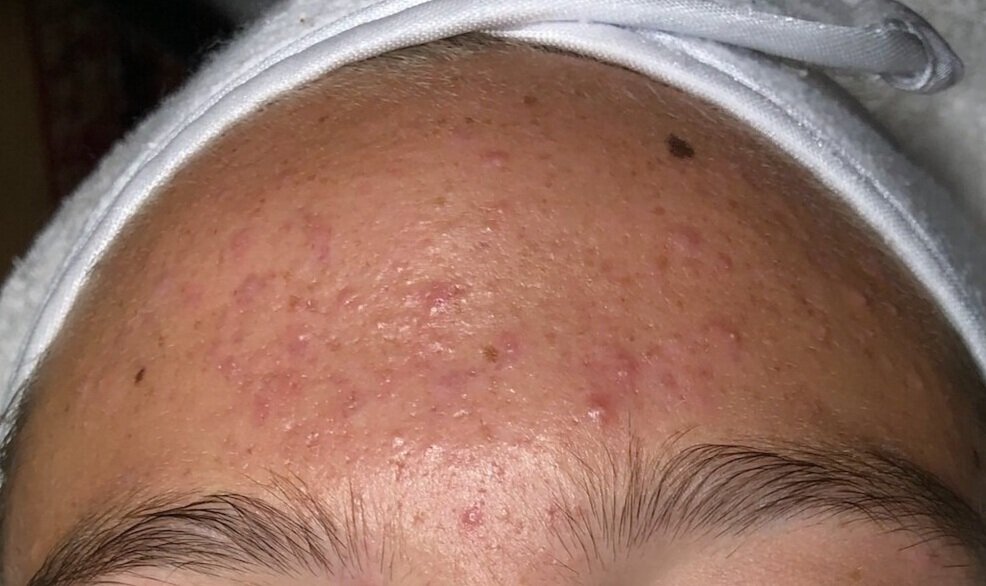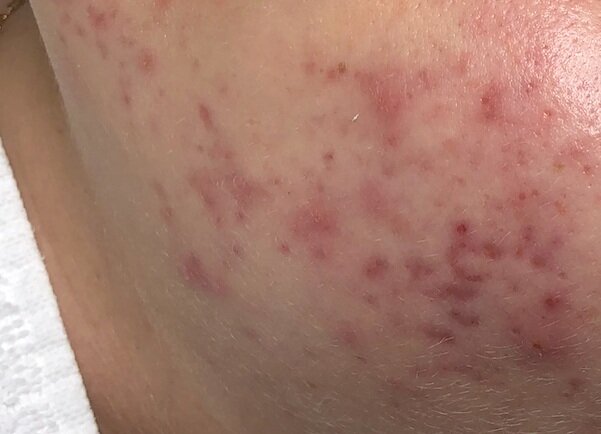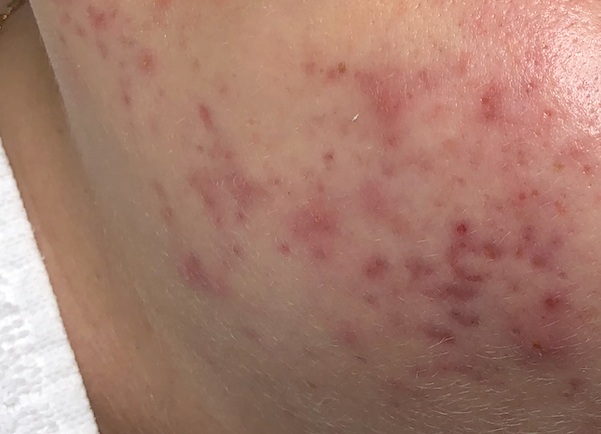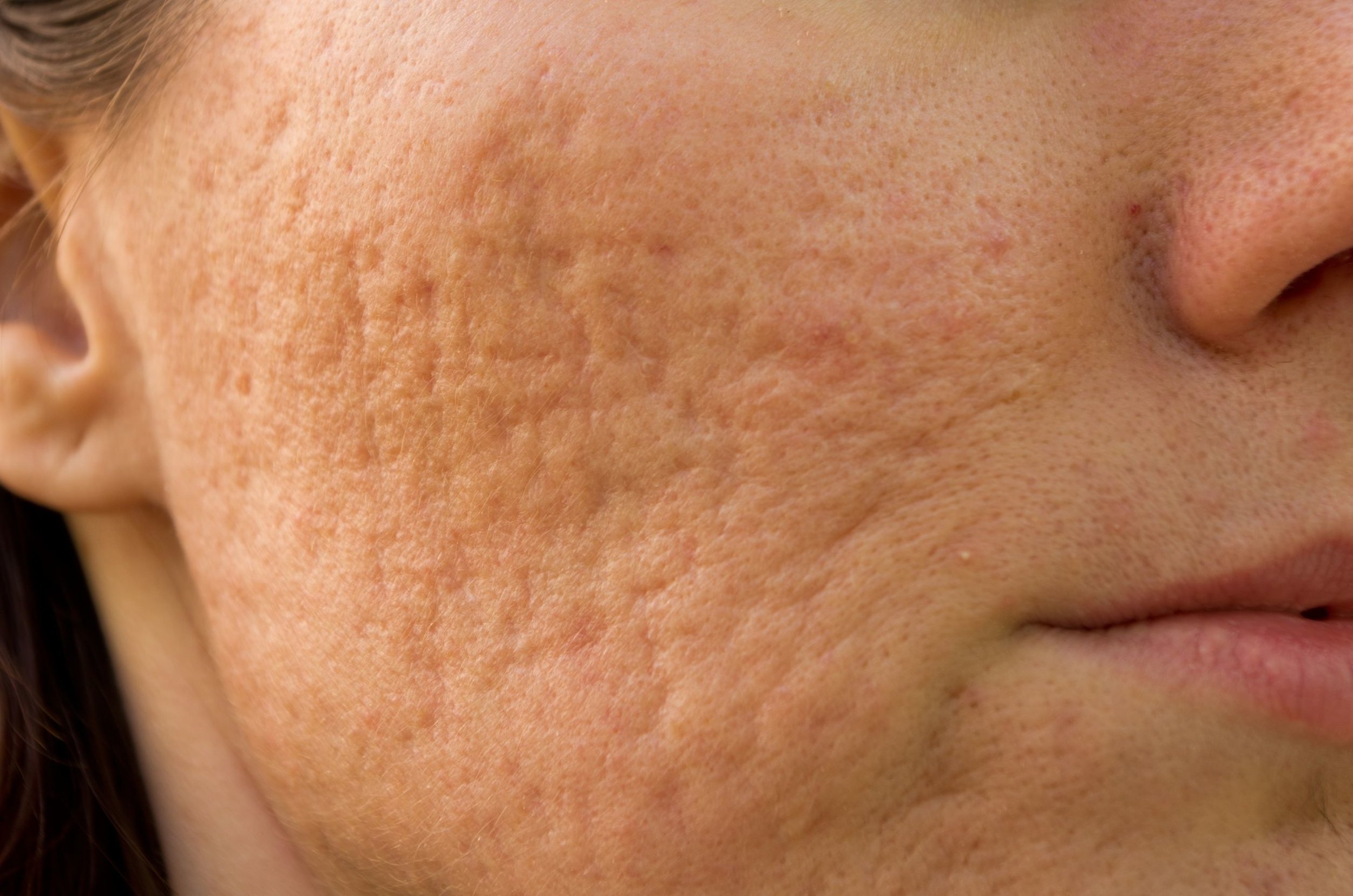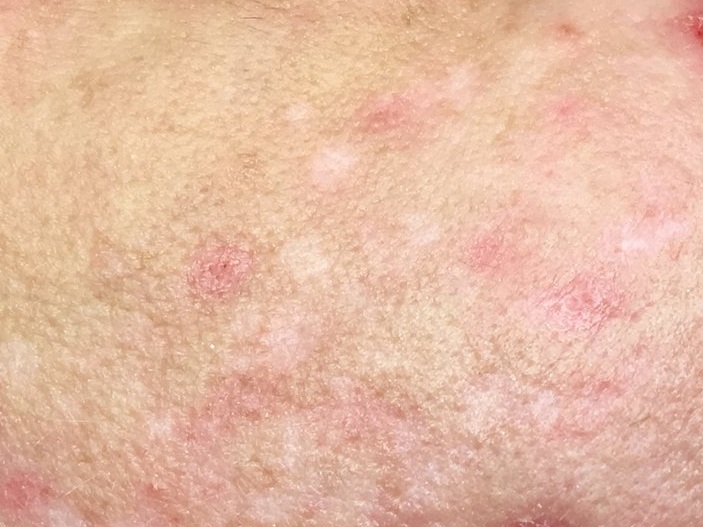Any time I see another clinic or skincare product that claims to target “teenage acne” or “adult acne”, I know right away that they probably don’t know what they are talking about. Or maybe they do know what they are talking about and they are just using those terms as a way to make money marketing to different demographics. But if they actually believe that teenage acne and adult acne are so different that they require different interventions, they don’t understand the basic physiology of acne. There are a few differences between acne as a teenager and acne as an adult but they are fundamentally similar and require the same approach.
Difference #1: Teenagers have increased hormones which causes more oil production
The most notable difference between adult and teenage acne is that teenagers usually have increased hormone fluctuations which leads to excess oil production. Some adults can also have significantly increased hormone fluctuations when they are pregnant, stressed, using certain medications, menopausal etc. Hormones don’t cause acne though and they don’t even directly trigger acne: hormones exacerbate acne indirectly by triggering the oil glands into overdrive which then triggers a genetic condition called RH that is at the root of all acne regardless of what age, what type, or how severe it is. If someone has increased oil production whether they are a teen or an adult AND they have RH, their acne can be more stubborn and it can take longer to get them clear because it can be difficult to purge their follicles at a faster rate than they are being filled up by oil and other debris. The increase in oil production can also lead to more inflammation so teenagers might have acne that is more big, red, sore, and pus filled than adults.
Difference #2: Teenagers have unhealthy lifestyles (not that it matters anyway)
Some professionals say that teenagers have more acne because they lead an unhealthy lifestyle that includes lots of junk food, fried foods, and lack of sleep. I know adults who live terribly unhealthy lifestyles and teens that live healthy lifestyles but, to be honest, it doesn’t really matter because living or eating “unhealthy” does not cause acne and living or eating “healthy” does not cause clear skin. I know a lot of teens who eat like crap and never get a pimple and I know a lot of adults who meditate, get good sleep, eat clean and still have acne. In my experience working with teens, their biggest barrier to getting clear is not usually their hormones or their lifestyles: it’s their lack of discipline. Teenagers usually have a harder time sticking to the guidelines that living an acne-friendly lifestyle requires. They also tend to be less motivated because they are not usually the ones paying for our program and they have a harder time conceptualizing that there is a delayed reaction between trigger exposure and breakout. So while they are away at summer camp, they might think it’s okay to eat potentially triggering foods like cheese because they won’t actually experience a breakout for 1-3 months. On the other hand, adults tend to be more disciplined and they are usually so fed up with acne by the time they are in their twenties and thirties that they are willing to do whatever it takes to get clear. Of course, there are exceptions to every rule and I have had some teenage clients who are more disciplined than some of my adult clients but adults are more likely to be able to get away with a lack of discipline because they don’t have the excess oil production to account for. It’s important to note that there are certain foods that need to be avoided such as dairy, soy, and peanuts but the reason they need to be avoided is not due to the fact that they are unhealthy but rather because they can lead to an increase in hormones.
Difference #3: Teenagers tend to breakout in different areas than adults
Teenagers tend to breakout primarily in their t-zone and adults usually breakout on the lower half of their face and the perimeters (forehead, temples, cheeks). This is another generalization with lots of exceptions and the location of someone’s acne can have a lot to do with which products they are using. For example, an adult might break out on their forehead because they are using a pore-clogging shampoo and a teen might break out on their cheeks from using a pore-clogging blush even if that is not their typical breakout area. There are lots of misconceptions about what causes acne to show up on different areas of the face and I mostly blame the face maps that are found all over the internet nowadays. When my clients tell me, “I think my acne is hormonal because it’s along my jawline and the lower half of my face,” I cringe. If acne along the jawline was due to hormones then why do most teens get acne on their t-zones? It’s bullcrap. Forget those stupid face maps. The areas that we tend to breakout shift throughout our lives in a wave that starts on our t-zones during puberty and migrates towards the edges and bottom half of our face as we move into our twenties and thirties because our oil glands tend to get more activated in those areas.
Hormones, oil, and lifestyle only matter if you are born with RH
Why do you think some teenagers get acne and others don't despite the fact that they all tend to have hormonal fluctuations and an “unhealthy” lifestyle? It's because only some teens are born with Retention Hyperkeratosis (RH) which is a genetic disease that causes a dysfunction in the hair follicles that leads to an overproduction of skin cells and an inability to wash them out of the follicle effectively. So an increase in oil production doesn’t create acne for a teen who isn’t born with RH because they have a natural cleaning system built into their follicles that is able to wash the excess oil out. Teenagers who are born with RH essentially have a backed up plumbing system so even just a little increase in oil can cause their follicles to completely overflow.
Why teenage acne and adult acne are still more similar than different
Despite a potential difference in hormones, behavior, and breakout location, the underlying cause of acne and the majority of its triggers are the same for teens and adults. Acne is a multifactorial disease and hormones and oil are just two of dozens (if not hundreds) of potential puzzle pieces. A good acne program will account for oil and hormones anyways regardless of your age by having you eliminate certain foods, supplements, lifestyle factors and products that may be contributing to hormonal fluctuations and/or oil production. A good acne product plan will also include ingredients and instructions to fight inflammation whether you have severely inflamed acne, mildly inflamed acne, or no inflammation at all. And, most importantly, a good acne program will target the potential triggers AND the underlying cause of acne and once those factors are managed the location of your breakouts is obsolete.
you might also like…







